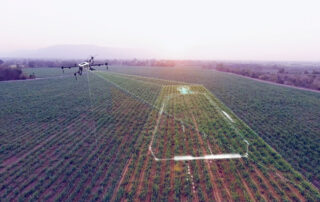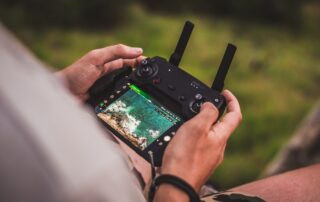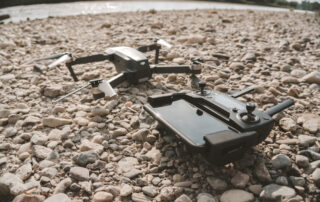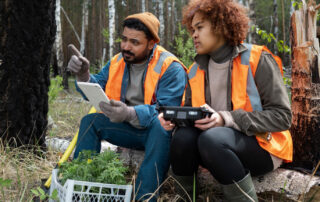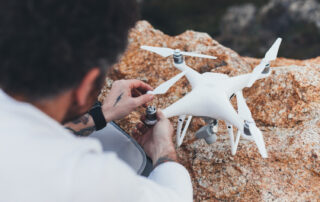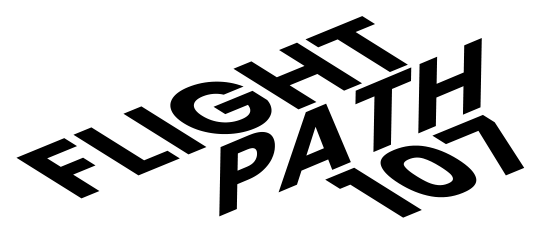Mycelium Drones: The Future of Sustainable Aerial Conservation & Restoration
Biodegradable Aviation: The Intersection of Biology and Aerospace Engineering

Using Mycelium Drones for Ecosystem Restoration
Mycelium drones don’t just disappear after their mission—they actively support ecological restoration. Scientists and conservationists are now using these biodegradable UAVs for reforestation, soil regeneration, and pollution cleanup.
Bio-Rewilding Drones: Restoring Nature from the Sky
How Mycelium Drones Are Changing Restoration Efforts:
1. Deploying Mycelium-Infused Seed Capsules
Instead of simply planting trees, these drones drop biodegradable pods filled with fungal spores, native plant seeds, and organic nutrients. When these pods land, they integrate into the soil, accelerating microbial activity and supporting plant growth.
2. Precision Reforestation with AI & LiDAR
Using satellite imaging, artificial intelligence, and LiDAR (Light Detection and Ranging) technology, these drones can identify degraded landscapes and target them for rapid reforestation with pinpoint accuracy.
3. Speeding Up Natural Recovery
Traditional reforestation takes years—but mycelium drones can plant thousands of trees and fungi-rich seed capsules in just days, drastically reducing the time needed for regrowth.
The Science Behind Mycelium’s Environmental Benefits
1. Carbon Sequestration
Mycelium acts as a carbon sink, absorbing CO₂ from the atmosphere and storing it in the soil. This process plays a critical role in climate change mitigation.
2. Soil Regeneration
Fungi break down organic matter into essential nutrients, enriching degraded soils and making them fertile for plant growth.
3. Water Retention & Erosion Prevention
Mycelial networks hold moisture in the soil, preventing desertification and erosion. This is especially valuable in areas affected by drought or deforestation.
4. Detoxifying Pollutants
Certain fungi have been found to break down oil spills, plastics, and heavy metals, making mycelium drones powerful tools for environmental cleanup.
A New Frontier in Sustainable Drone Technology
With continued advancements in biomaterials, AI, and drone technology, mycelium-based UAVs could reshape the future of aerial monitoring, conservation, and ecosystem restoration.
✔ Are you interested in biomaterial science, UAV technology, or ecological restoration?
✔ Do you want to be part of the next wave of sustainable innovation?
This field offers exciting career paths in biotechnology, environmental science, drone engineering, and conservation technology. As researchers continue to improve bio-drones, these innovations could become the standard for eco-friendly UAV applications worldwide.
Final Thoughts: Mycelium Drones as a Model for Sustainable Innovation
The development of mycelium drones is a testament to the power of merging biology with engineering. This technology not only reduces e-waste but also actively contributes to ecosystem restoration, proving that biodegradable robotics can be both practical and planet-friendly.
As research in biomaterials and UAV applications continues to evolve, we may see these drones become an integral tool in conservation, agriculture, and disaster response.
✔ What if drones didn’t just monitor the environment—but actually helped restore it?


